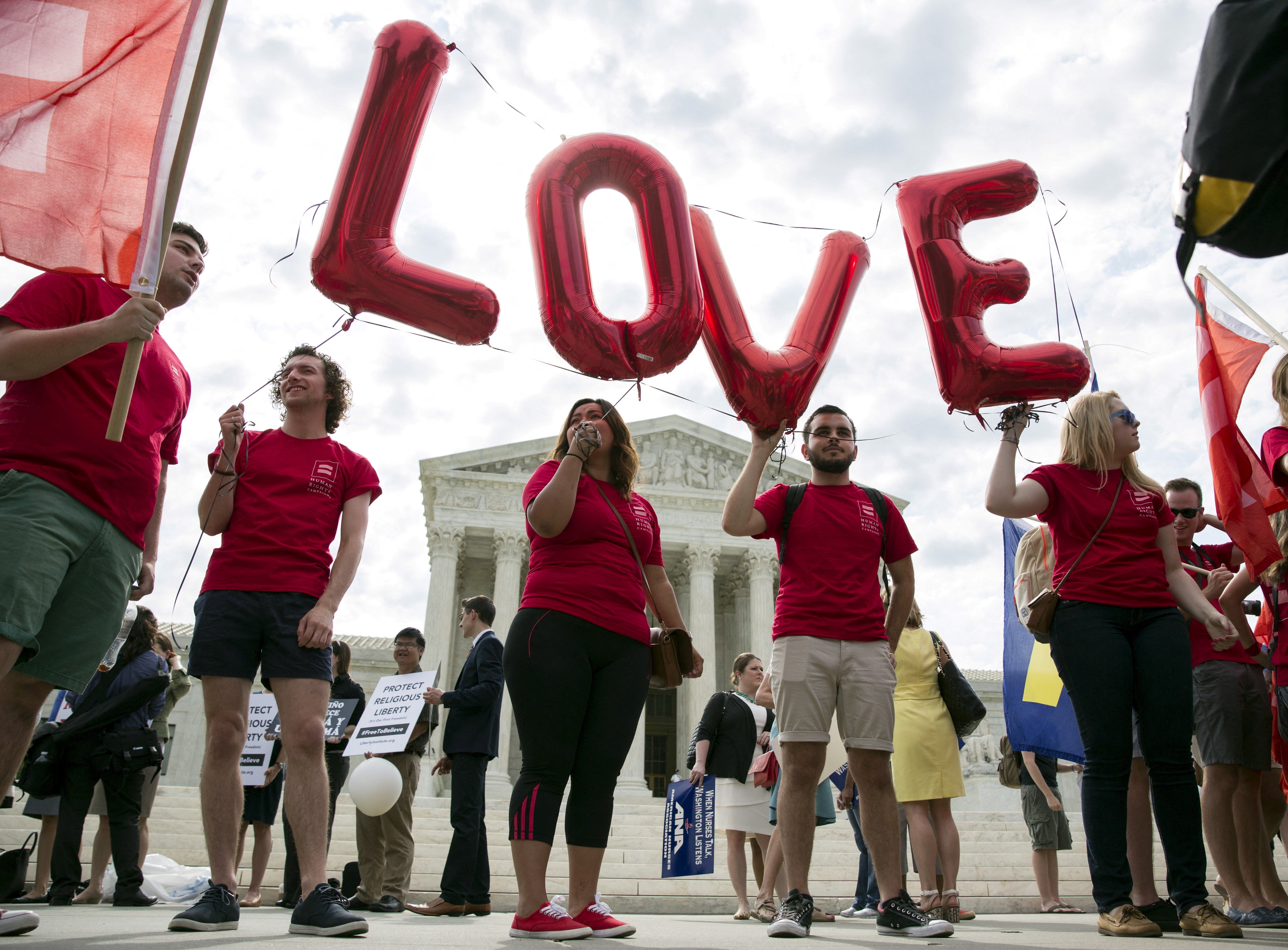What if LGBT+ census data doesn’t help – but hinders?
Behind the positive veneer of inclusion, who do we overlook when we use data to ‘make sense’ of LGBT+ communities, asks Kevin Guyan


LGBT+ people share data about their lives with the promise that things will get better in the future. But what if the collection, analysis and presentation of data does not improve the situation and instead makes things worse?
This thorny question is worth asking as the Office for National Statistics (ONS) publishes its first results from the 2021 census questions on sexual orientation and gender identity in England and Wales. The census reports that around 1.5 million people aged 16 and over (3.2 per cent) identify as gay or lesbian, bisexual, or having a sexual orientation other than straight or heterosexual. Around 262,0000 (0.5 per cent) identify as a gender that is different from their sex registered at birth.
This initial release offers some fascinating insights: Brighton and Hove is the local authority with the largest proportion of LGBT+ people (10.7 per cent), while the London borough of Newham ranks top for the proportion of people whose gender identity is different from their sex at birth (1.5 per cent).
Join our commenting forum
Join thought-provoking conversations, follow other Independent readers and see their replies